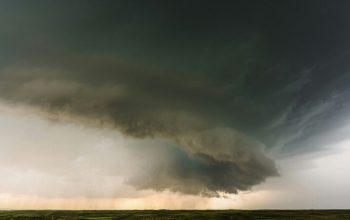Yet another wave of the COVID pandemic is ripping across America. And with the new, even more infectious Omichron variant now spreading rapidly through rural communities as well as the cities, hospitals and first responders are once again being pushed to their breaking point. Schools are once again considering remote learning. And businesses are facing the prospect of returning to remote work, if they can.
Here in Wright County, the COVID infection risk is being rated "severe", according to COVID Act Now. A non-profit founded in partnership with the Harvard Global Health Institute and the Harvard Edmond J. Safra Center for Ethics, and in collaboration with public health, epidemiology, and policy experts from the Rockefeller Foundation, Bloomberg Philanthropies, Georgetown University, the University of Pennsylvania, the University of Washington, the University of Minnesota, the University of Louisville, Apple, Microsoft, NTI, and Resolve To Save Live, to combat the pandemic.
New daily cases are well past the "critical" range into the "extreme" range, and nearing the all time high from late November of 2020. With the known infection rate at 1.06%, and the actual rate almost certainly even higher than one in a hundred people, the risk of being exposed while out and about is significant. Which is why wearing masks is once again being recommended, and a return to social distancing practices.
According to the COVID Community Vulnerability Index, (available at http://precisioncoviddata.org) which narrows down COVID risk to the county, or even neighborhood level, the greatest risk in the county is in Clarion, which is rated at a 67% risk.
But with nearly half of Wright County residents still not fully vaccinated, 22.8% of COVID tests in the county are coming up positive, according to COVID Act Now's metrics. Those same metrics also show that of the 6,969 Wright County residents who are fully vaccinated, less than 0.001%, or about 6 people, have experienced a severe adverse reaction.
"If you live in a rural community, you are more than twice as likely to die from COVID than those in nonrural areas."
Despite a better than 99.999% chance of receiving a dose without a severe negative reaction, and an ever-evolving virus, vaccine hesitancy is still strong, particularly among rural people. The danger this has put rural people in was stated in stark terms in an Op-Ed penned by Alan Morgan, CEO of the National Rural Health Association, and John M. Bridgeland, co-founder and CEO of COVID Collaborative and former Director of the White House Domestic Policy Council, under President George W. Bush.
"Rural communities are among the hardest hit as another wave of the pandemic rolls across America and Omicron renews COVID's assault on the unvaccinated," the pair wrote. "Last fall, the incidence rates of COVID-19 in rural America were roughly 54 percent higher than elsewhere in the country, according to the Rural Policy Research Institute. To date, if you live in a rural community, you are more than twice as likely to die from COVID than those in nonrural areas."
Send your news tips to: news@eaglegroveeagle.com







